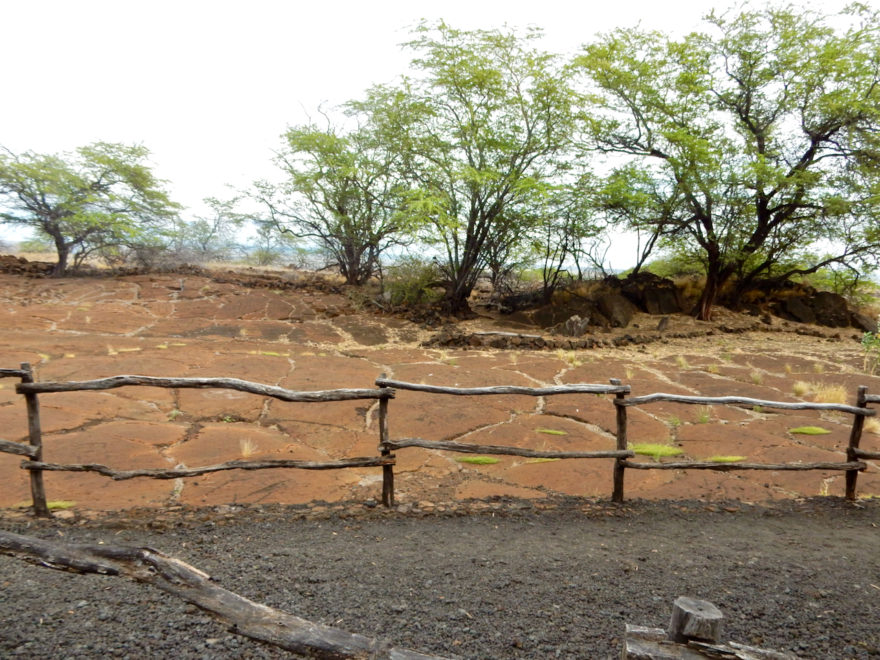Like many mainlanders, I suspect, I always thought of Hawaii as beaches, surfers, tropical foliage, Diamond Head, and not much more. But it also is home to thousands and thousands of rock carvings, with exceptional concentrations cut into the lava on the Big Island. Their age isn’t known with certainty, but some could be close to a thousand years old, with the most recent being from the late 19th century. The petroglyphs’ meaning is uncertain. The accounts that have come down to scholars came via not-always reliable messengers (i.e., westerners who recorded what they think they were told by native
Continue reading








